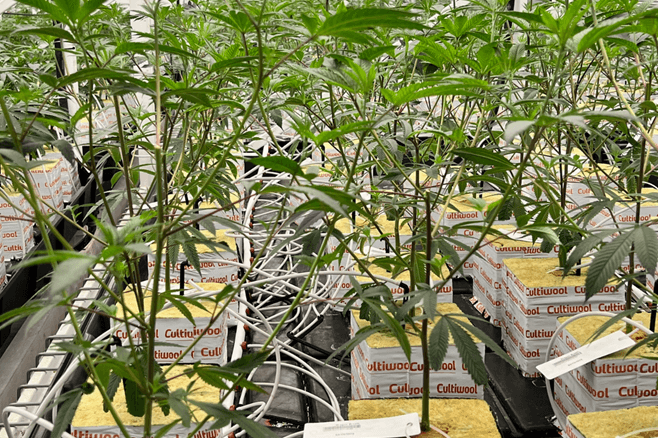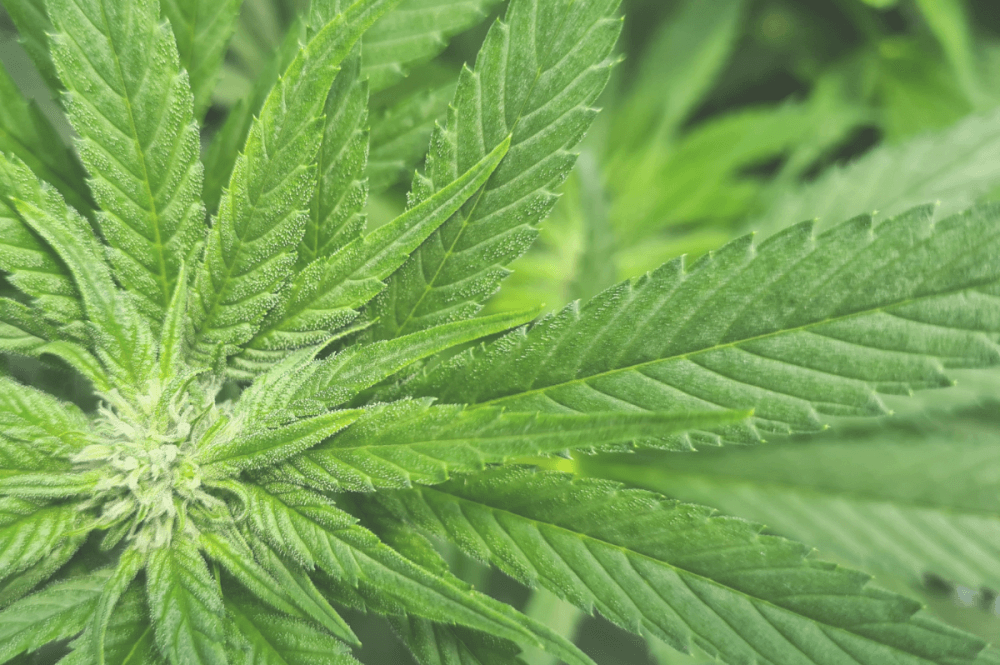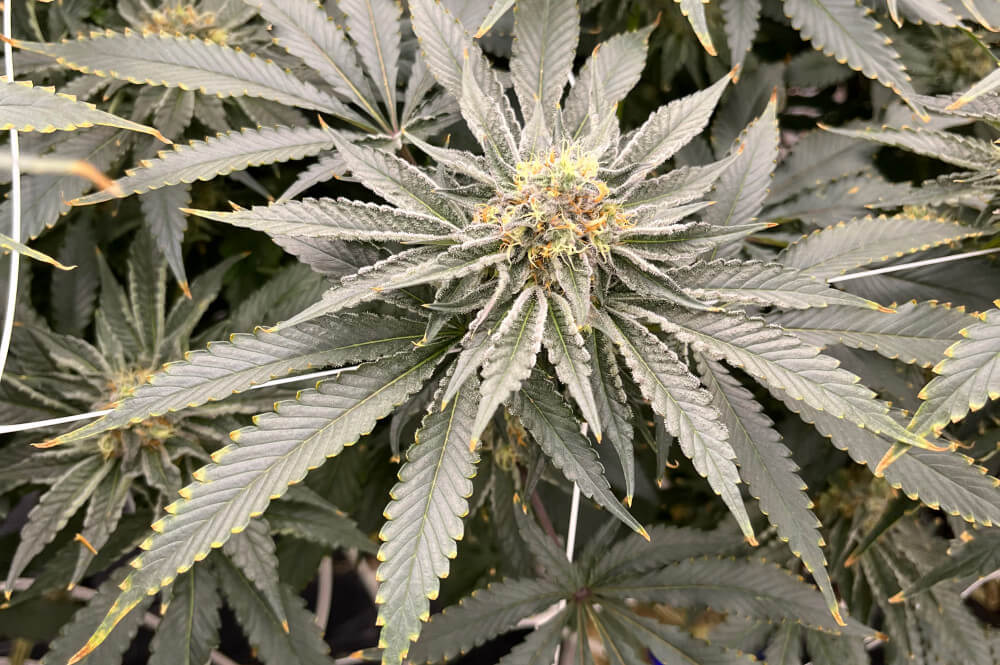
Dry Backs and Their Benefits for Your Cannabis Cultivation
3 March 2023
How does it work and what does it really mean?
“I think dry backing is probably one of the techniques that a lot of growers use to increase cannabinoids and flavonoids content” Ryan mentioned. But how does it work and what does it really mean? This article is a continuation of the previous one, following an interview with Ryan Wankel, and will focus on the cultivation manipulation known as Dry Backs.
Read the previous article here or learn more about Ryan Wankel.
Let’s break it down; dry back, as follows from its name, is reducing the water content in the stone wool; to ‘dry’ the substrate in between the irrigation shots given. When looking to understand the advantages of dry backs, it is important to remember that every irrigation gift results in steering toward vegetative growth. Below are explanations of the different uses and advantages of dry backs, by their order of importance to the grower, the crops' performance, and yields.
The different dry backs
Dry back of WC
First of all, dry back of WC in your block after transplanting your clone is important to encourage root development and growth; When the substrate is allowed to dry out partially, the roots are encouraged to grow deeper in search for water and nutrients. As the root system gets more advanced and developed it will lead to healthier growth and higher yield & quality. This enhanced root development results in a stronger root system, which can help the plant withstand stress as well.
Daily dynamic dry back
Next, is the daily dynamic dry back. This consists of overnight dry back, after lights on before first irrigation dry back, and between irrigations during the day;
Dry back overnight
Dry back overnight is referring to the daily dark period during which no irrigation is given. Resulting from that, the water content is reduced overnight, which influences the balance in the crop. Therefore, it is an important steering factor. Depending on the crop stage aiming for a typical dry down overnight, it could be 5-15% at the beginning of flowering phase, and towards 10-25% at the end of flowering. All depends on the quality of your crop and how you want to steer it. For further information please read this article about the daily dynamics. You can steer the dry back overnight by your stopping time adjustment before lights turning off. When stopping several hours prior to lights off you steer more generatively and stopping closer to lights off will mean steering more vegetatively.

The dry back periods
In relation to the start of the day when lights are on it is important to look for a 1-2% decrease in dry back so you know the plants are active and transpiring before irrigation starts. This means, after the lights turned on there should be a period of time during which the plants do not receive water and nutrients. If you look for more generative action this decrease in WC could be even bit larger.
Then, the in between irrigation period during the day; how long should the period in between the irrigation, therefore, the dry back period, would be decided by the growers. A few important aspects to consider in order to get to the most favorable decision would be cultivar characteristics (e.g., normal water need for a cultivar), light strategy, growing stage, final desired product, the substrate used (for instance, blocks vs. slabs size, etc.), drainage, and others.
To create this dry back, growers might increase the time between irrigations, reduce irrigation shot volume, and/or control the length of each irrigation session (possible in some systems). It is important to understand that when using this technique it has to be done carefully. This means, using sensors and monitoring the stone wool and crops’ state.
Increasing the content of flavonoids and cannabinoids
Lastly but not least we have the dry back towards the end of the flowering phase. The reason for using dry backs at the end of the flowering process is that it is scientifically proven that controlling drought stress to increases the content of flavonoids as well as cannabinoids. In addition to these, an indirect advantage is that it is slightly more environmentally and economically friendly, as less water and nutrients are used in the total cultivation cycle. Because of decreasing WC in the substrate you will need to adjust feed EC as well. However do not decrease below 1.0 mS/cm as you need essential nutrients towards the very end of your crop. We recommend simply lowering the EC of your feed rather than removing all nutrients from it.
What we recommend
Growers applying dry backs have to make sure the stone wool is not getting too dry and irreparable damage is created to the substrate. Therefore we usually recommend to keep 50% WC as a minimum which can be easily monitored using substrate sensors. More information about recommended sensors can be read in this article.
Want to know more?
On this website you will find more information on our stone wool substrates and instructions for optimum use! If you have any question, remark, or request, please feel free to contact us here, or via our Facebook and Instagram accounts.
More items

Where can I find Cultiwool?
Discover more about our Cultiwool network



